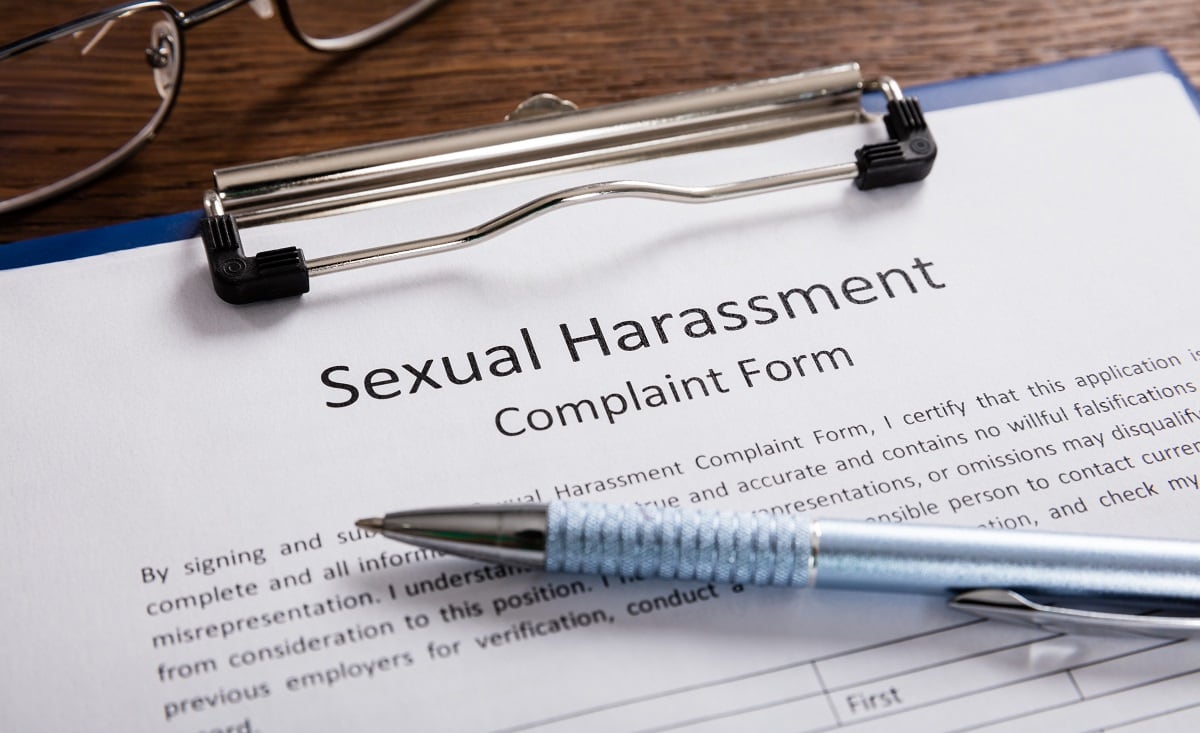Women in law enforcement positions at the Department of Justice are demographically underrepresented and receive fewer promotion opportunities, and they are feeling the inequity, according to a recent DOJ Inspector General Report.
“While overall staff generally believed that their components were gender equitable, our review found that women, especially female criminal investigators, overwhelmingly did not hold this view,” said DOJ Inspector General Michael Horowitz in a video on the study.
“We found one reason that likely contributed to this view was that women were underrepresented in the criminal investigator workforce overall, and especially in supervisory and leadership positions.”
According to the report, women made up only 16 percent of the criminal investigators in FY16 and many believed that there is a glass ceiling for their promotion potential. Meanwhile, women made up an average of 57 percent of the professional staff at DOJ law enforcement components, and were most represented as HR employees.
Women were even less represented in field leadership roles, holding only between 6.3 and 11 percent of the field leadership positions at the DOJ’s four law enforcement components: the Bureau of Alcohol, Tobacco, Firearms and Explosives; the Drug Enforcement Administration; the Federal Bureau of Investigation; and the U.S. Marshals Service.
“During the 6-year scope of our review, there were few women leading field offices, field divisions, or districts and even fewer women in headquarters executive positions leading operational units. Further, we found that the components have taken limited actions to increase the number of women at all levels of the organizations,” the report said.
Meanwhile, though a majority of men surveyed for the report said that they felt their component was gender equitable, a majority of women felt that their components were not equal across gender.
Both genders agreed that they didn’t like the Equal Employment Opportunity process, which contributed to many employees choosing not to file discrimination cases.
RELATED

“We also found it concerning that, in response to our survey, 22 percent of all women and 43 percent of female criminal investigators reported that they had experienced some form of gender discrimination during the previous 5 years,” said Horowitz.
The IG recommended that law enforcement components take six steps to combat gender inequality:
- Assess recruitment, hiring and retention activities to identify barriers to gender equity in the workforce.
- Develop and implement component-level recruiting, hiring and retention strategies and goals that address the identified barriers to gender equity in the workforce.
- Develop and implement a plan to track and analyze demographic information on newly hired staff and applicants, as appropriate, to evaluate recruitment strategies.
- Identify and take steps to address barriers to advancement for women within the component and among different job types.
- Develop and implement methods to improve the objectivity and transparency of the merit promotion process.
- Develop and implement methods to address perceptions of stigmatization and retaliation associated with the Equal Employment Opportunity complaint process.
All four components concurred with all recommendations.
Jessie Bur covers federal IT and management.
In Other News




